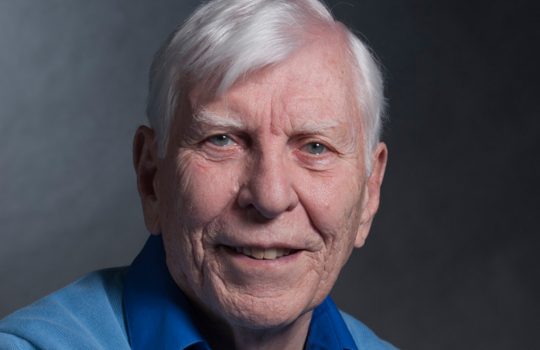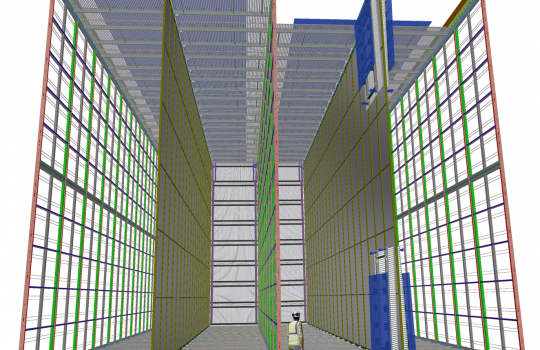Alvin Tollestrup, National Medal of Technology winner, dies at age 95
Fermilab has lost one of its giants. Award-winning engineer and physicist Alvin Tollestrup, who played an instrumental role in developing the Tevatron as the world’s leading high-energy physics accelerator at Fermi National Accelerator Laboratory and founding member of the Collider Detector at Fermilab collaboration, died on Feb. 9 of cancer. He was 95.



